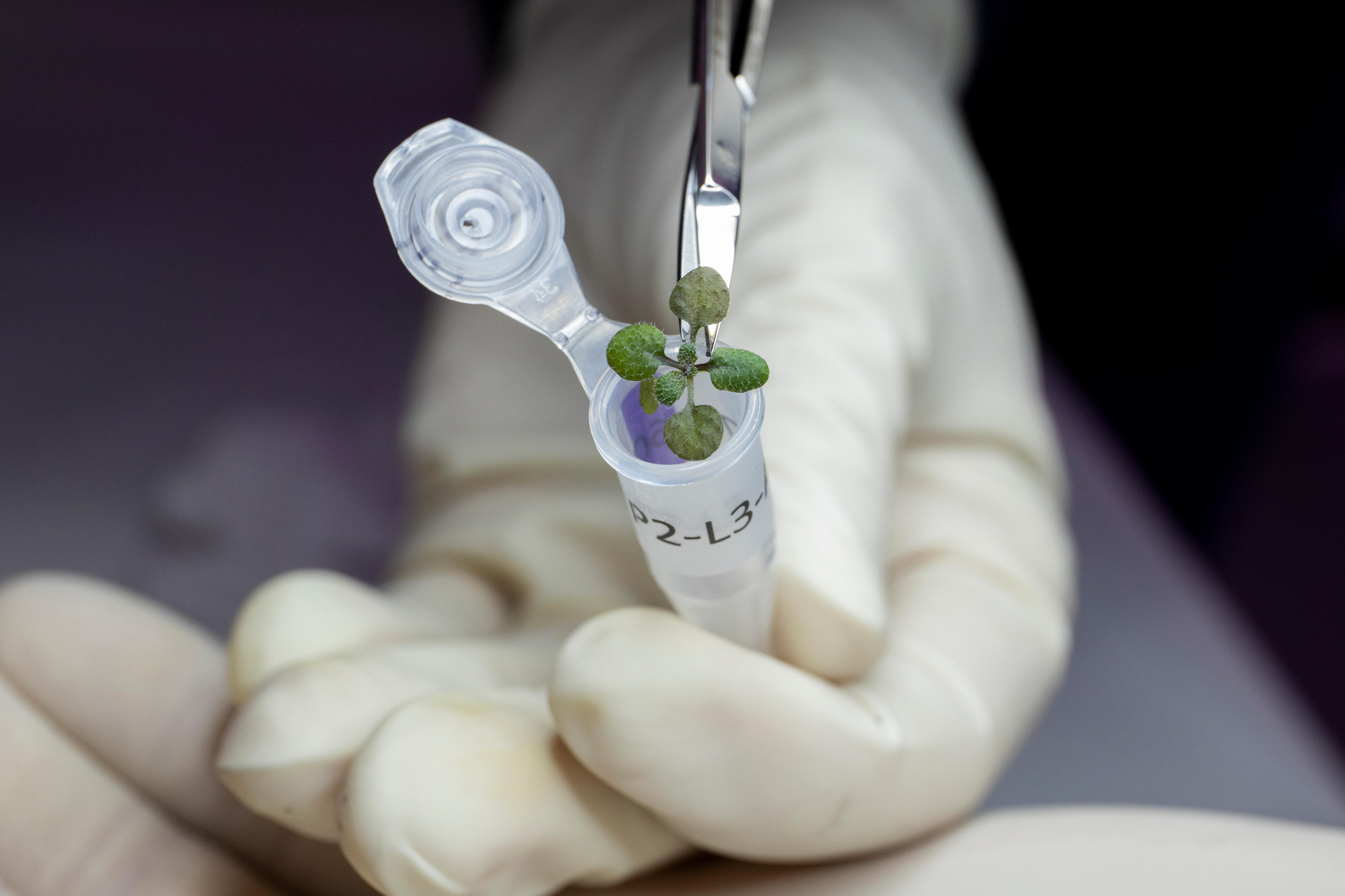Media release
From:
Space Biology: One small step towards plants on the Moon *PRESS BRIEFING, IMAGES and VIDEO*
Experiments to investigate the viability of growing plants on the Moon have unearthed that thale cress plants grow more slowly and show more signs of stress when grown in lunar soil samples collected during the Apollo missions than in volcanic ash from Earth. The findings, published in Communications Biology, highlight the need for further research into the interactions between plants and lunar soil in order for plants to be efficiently grown in lunar soil on the Moon, according to the authors.
Robert Ferl and colleagues tested whether lunar soil could support plant life by growing the thale cress (Arabidopsis thaliana) – a small flowering plant native to Eurasia and Africa - in 12 soil samples collected during the Apollo 11, 12, and 17 lunar missions. As samples were collected from different soil layers during each mission, the Apollo 11 samples had been exposed to the lunar surface for longer than the Apollo 12 and Apollo 17 samples. The researchers examined whether growth and gene expression differed between these plants and thale cress plants grown in 16 samples of volcanic ash from Earth, which had a similar particle size and mineral composition to lunar soil.
The researchers found that, while seedlings could grow in all soil conditions, plants in lunar soil grew more slowly, took longer to develop expanded leaves, and had more stunted roots than those grown in volcanic ash. While some plants grown in lunar soil had a similar shape and colour to those grown in volcanic ash, others were stunted and contained reddish black pigments – characteristics that typically indicate plant stress. Genetic analysis of three smaller, darker plants revealed that they expressed over 1,000 genes, mostly stress-related, at different levels to those grown in ash. Additionally, the researchers found that plants grown in Apollo 11 samples did not grow as well as those grown in Apollo 12 and 17 samples and expressed a greater number of genes at different levels to those grown in volcanic ash. Plants grown in Apollo 11, 12 and 17 samples expressed 465, 265 and 113 genes at different levels, respectively. 71% of these genes were associated with stress caused by salts, metals and reactive oxygen-containing molecules.
The findings indicate that while lunar soil can be used to grow plants, it does not support plant growth as well as volcanic ash – particularly if it has been more exposed to the Moon’s surface. The researchers speculate that cosmic ray and solar wind damage of lunar soil, as well as the presence of small iron particles in the soil, could induce stress responses in plants and impair their development.
Multimedia









 International
International



